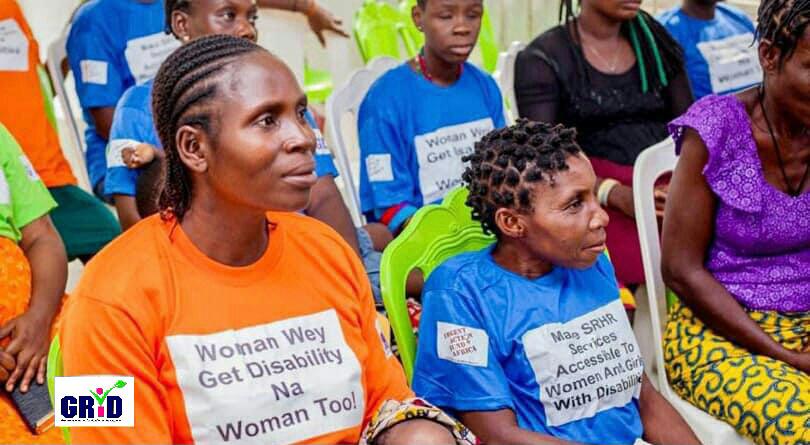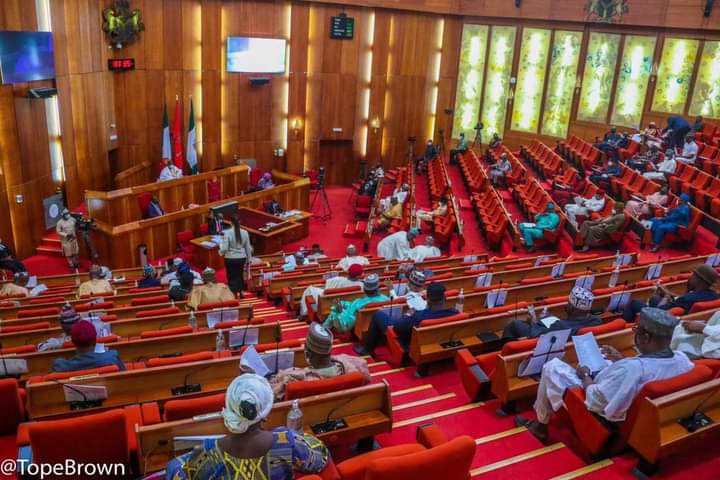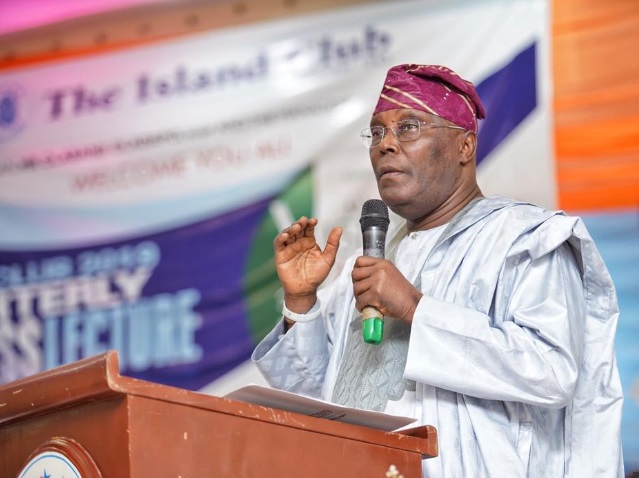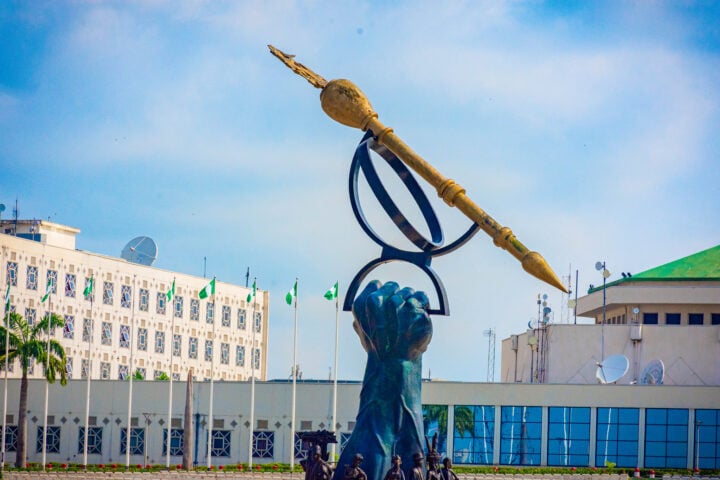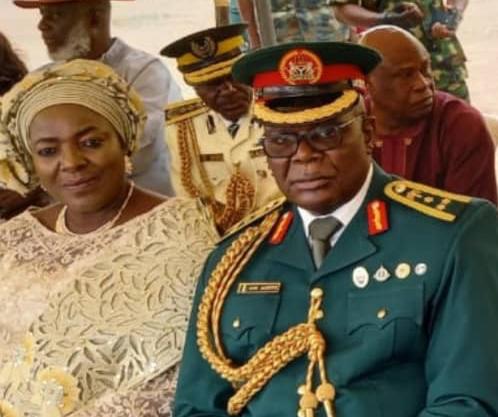“Imagine a gender-equal world.
A world free of bias, stereotypes, and discrimination.
A world that is diverse, equitable, and inclusive.
A world where difference is valued and celebrated.
Together we can forge women’s equality.
Collectively we can all #BreakTheBias.”
These are the first words that welcome you as you open the International Women’s Day 2022 website page. In commemoration of IWD, people across the globe, in solidarity, shared pictures of themselves in a pose that indicated that they supported the theme, Break the Bias. As I prepared to write this article, a part of me wanted to lend my voice to the condemnation of Nigeria’s parliament that rejected progressive constitutional reviews in support of gender equality. Apparently, they missed the memo in International Women’s month. However, I choose to take a different route.
With approximately one in five women worldwide having a disability, I believe we need to have more conversations about women with disabilities and the need to ensure inclusion in every gender equality and gender equity discourse. In the days that preceded IWD, different groups hosted workshops, webinars, and events in commemoration but in their planning, they sadly did not take into cognisance women with disabilities. Event venues were not accessible for persons with wheelchairs; other workshops had no deaf translation available. Others, to avoid the inconvenience of finding a sign language interpreter, will not invite deaf people.
We must remember that power comes to play when violence is perpetrated against women. In this exercise of power over women, women with disabilities face gender-based violence compounded by disability-based discrimination. A woman with a disability is often considered as weak, and this leads to heightened risks of domestic and sexual violence. Unfortunately, too many existing programmes meant to prevent gender-based violence do not reflect on the unique dangers and challenges faced by women with disabilities. Without targeted interventions, women with disabilities are left behind and are susceptible to huge risks. Available data shows that there is a higher rate of violence against women with disabilities than against men with disabilities. Research demonstrates that the incidence of maltreatment and abuse of women with disabilities far exceeds that of women without disabilities. In many cases, perpetrators of violence are caregivers, either at home or in institutional settings, and females with disabilities often find themselves trapped by violent partners or family members because they are financially and socially dependent on them for survival. How do we begin to break this bias? First, can we acknowledge that they exist? Then ensure that we include women with disabilities in the dialogues that propose interventions? Sadly, a large number of women with disabilities cannot also engage on the issues that affect them. The challenges are many but they are resolvable.
Advertisement
Disability has its stigma, and discrimination against people with disabilities can be particularly oppressive. Disability-based violence occurs in very similar forms to gender-based violence, i.e. on a physical, psychological or economic level, directly and indirectly. Repeatedly, what is often masked as “good intentions” are, in fact, acts of serious discrimination and violence. The intersection between disability and gender-based violence is of particular concern because some forms of violence against women with disabilities have remained invisible and have not been recognised as gender-based violence due to disability discrimination. Women with disabilities experience higher levels of violence, for longer periods. This is further made worse by the terrible physical and mental outcomes of violence they experience. To break the bias, we must identify the problems women with disabilities face.
Patriarchal societies like Nigeria have a discriminatory attitude towards women with disabilities and this is sometimes heightened with the vulnerabilities related to the impairment itself. Legal protection and services are inaccessible because there is a dearth of knowledge about the issues that women and girls with disabilities face. Women with disabilities are less likely to be leaders or prominent decision-makers within disability movements. Women with disabilities have limited influence and negotiating power. Women with disabilities are particularly exposed to economic violence, which includes being denied access to healthcare, education, financial resources and participation in economic decision-making processes. Extreme social exclusion makes women with disabilities more vulnerable to poverty, hunger shocks and violence. Persons with disabilities also face discrimination in finding work, and women with disabilities encounter particular barriers to employment. Many women and girls with disabilities lack access to information about their sexual and reproductive rights, including menstrual hygiene management.
Threats, intimidation, manipulation, humiliation and controlling behaviour are all forms of psychological violence and they often accompany physical and/or sexual violence. Women and girls with disabilities are more vulnerable to all forms of gender-based violence. This vulnerability is linked to their lack of power stemming from their status as persons with disabilities in addition to their gender status. Exclusion from services such as access to health and education heightens the risk of all types of violence. Social and economic exclusion means that women and girls with disabilities are less able/likely to seek support and redress for the violence they experience. Support services for women experiencing violence tend not to be accessible to women and girls with disabilities or prove inadequate to respond to the specific needs of women and girls with disabilities. This lack of positive response reinforces a lack of self-confidence and self-respect and reinforces an internal belief that violence is acceptable.
Advertisement
We need to collectively work towards breaking the bias and promoting the inclusion of women with disabilities. Supporting women and girls’ empowerment movements that involve persons with disabilities in decision-making processes that provide platforms for them to become leaders themselves is essential. Having women with disabilities in leadership will reduce the negative attitudes and stigma towards them as well as reduce the risks of violence. Furthermore, the meaningful participation of women and girls with disabilities in project planning and implementation processes is necessary if we are going to ensure that interventions and policy formulations are inclusive.
In addition, support is required for society to understand the universality of the United Nations Convention on the Rights of Persons with Disabilities (UNCRPD) and the Discrimination against Persons with Disabilities (Prohibition) Act, 2018 practical implications in terms of breaking the bias for women and girls with disabilities. Increasing economic participation and empowerment by ensuring that women with disabilities have access to decent work with equitable pay and good working conditions, as well as access to land, credit, and other social assets.
In conclusion, we must not only pay lip service to inclusion and promoting accessibility for persons with disabilities but we must also be seen to do better. Otherwise, we risk the continued exclusion of an important percentage of our community.
Advertisement
Views expressed by contributors are strictly personal and not of TheCable.

